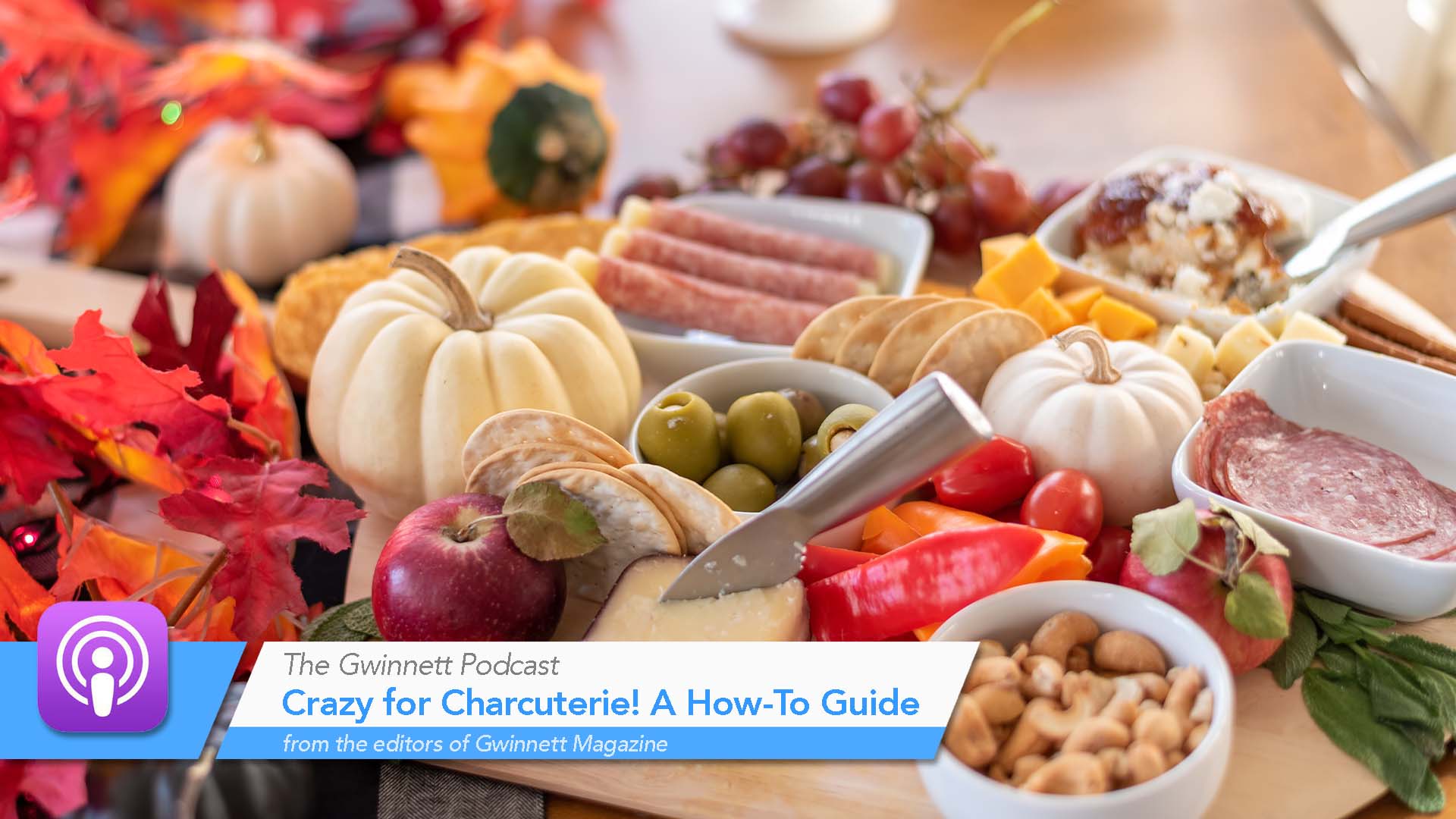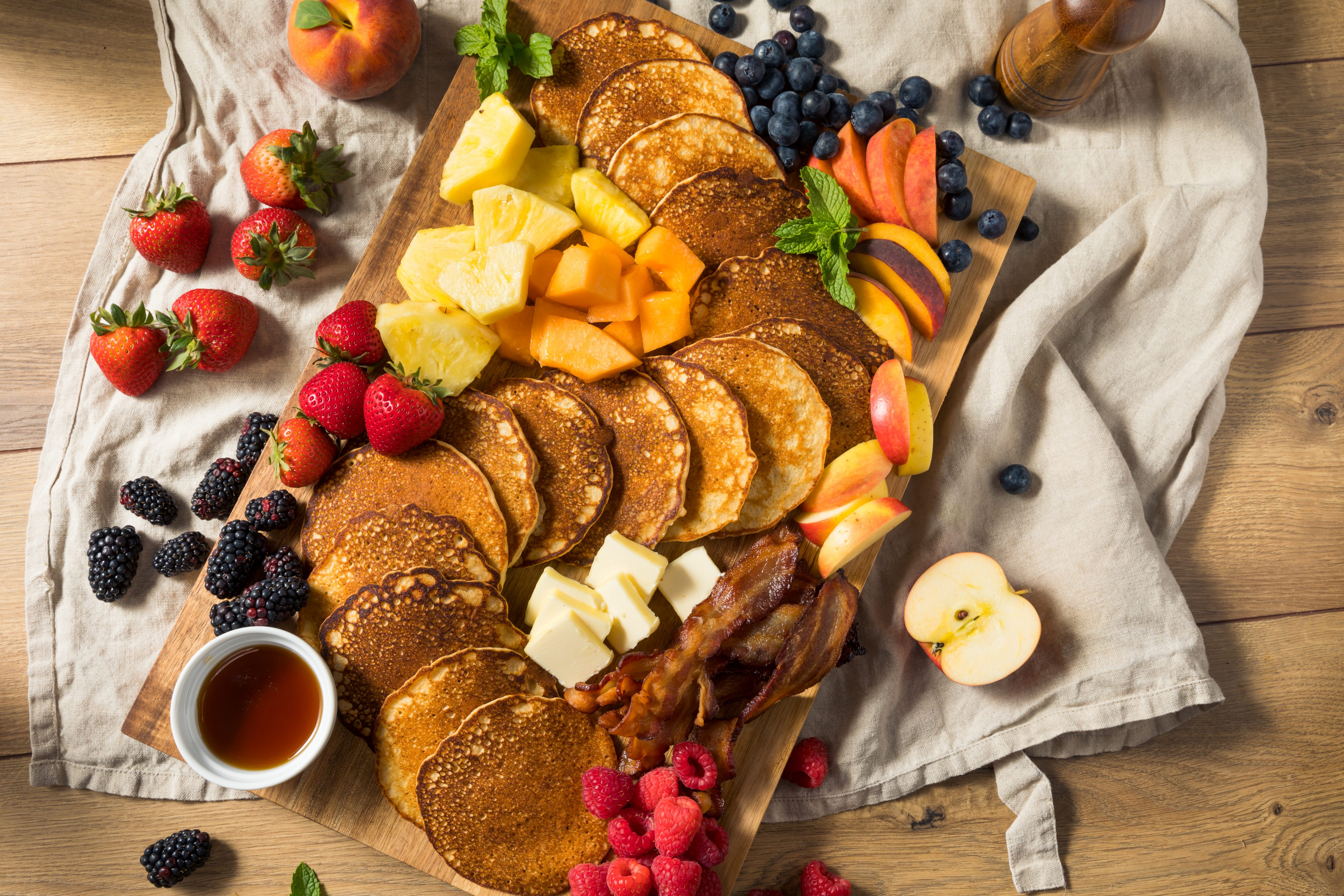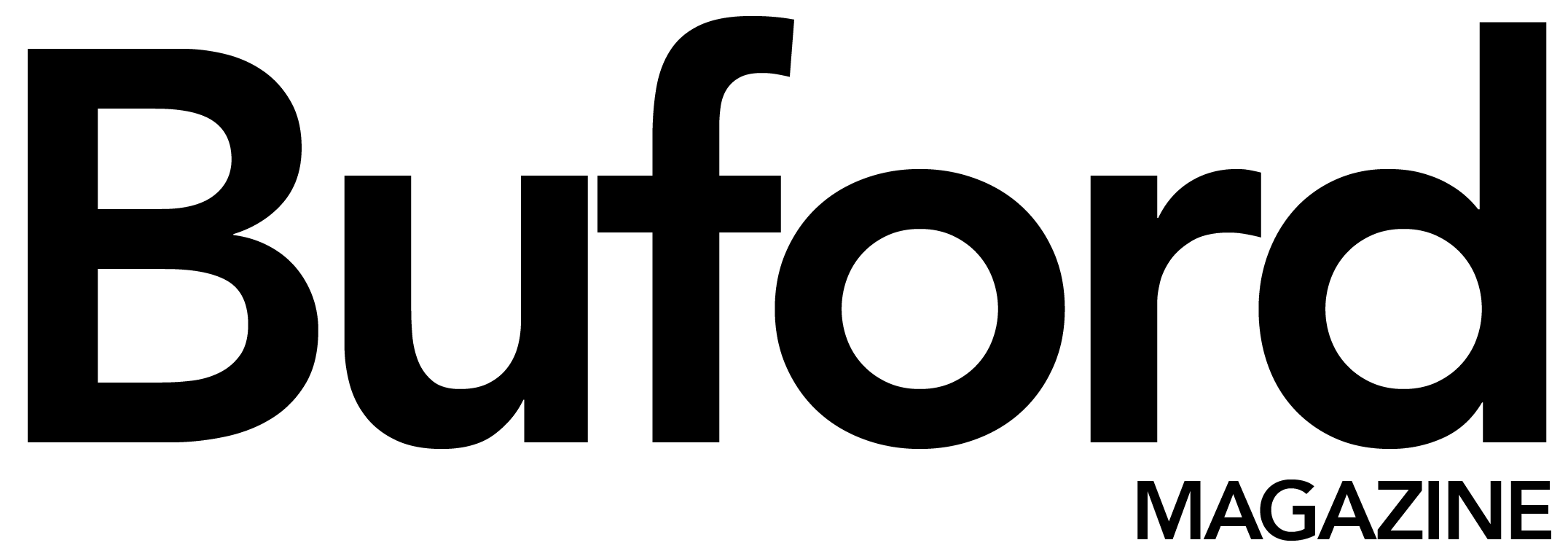
Crazy for Charcuterie Boards! How to Master the Perfect Holiday Appetizer
Charcuterie boards: the Internet’s darling mix of cheese, meat, and everything in between. If you’ve been on any social media site recently, chances are you’ve run into at least a couple of pictures of this food trend.
And why wouldn’t they catch on quickly? They’re elegant, simple, and incredibly versatile.
But as with any food trend, creating it seems like a daunting task. How can you make one of these beautiful boards for yourself?
First, it’s important to know what a charcuterie is. Charcuterie is a French word that translates to “pork-butcher shop.” Judging from that translation, it’s not a surprise that charcuterie refers to a branch of cooking dealing with prepared meats, especially pork. A great charcuterie board will often contain a variety of textures and flavors.
Now that the definition is out of the way, think about what you want to include on your charcuterie board. The most common items are cheeses, meats, fruits, crackers, and nuts, but by no means are you limited to those options. Feel free to swap out any ingredients here or there, the possibilities are endless.
But, there can’t be a charcuterie board if there is no board. The most common and aesthetically pleasing board to use would be made of wood, but don’t despair if you don’t have one! Alternatives like sheet pans, pizza paddles, and other common items in a kitchen work just as well.
Cheese is often cited as the most important part of a typical charcuterie board. There’s a variety of cheeses you can pick: brie, cheddar, goat, manchego, and more. Let your taste buds make the decision! Likewise, let your creativity decide how to prepare the cheeses, whether it’s by dicing them into cubes, slicing them into thin pieces, or leaving them in wedges.
Meat is another central part of a charcuterie board. Pre-sliced meats are generally easier to handle and shave time off the preparation process. Some varieties we recommend are pepperoni, salami, prosciutto, and smoked salmon. The textures and sizes of the different meats lend a bit of guidance to how they can be displayed. Folding meats is a quick way to make it a bit more presentable on the board. Thinner cuts of meat can even be bunched up to make bouquets!
Fresh fruit will provide a blast of color and flavor to the entire board. Each fruit will have a different way it can be presented. Grapes are best kept on the vine to provide some height and stability, while fruits like apples and pears look cleaner sliced and fanned out. If you have any empty spaces, they can be filled up using smaller berries like blueberries and raspberries.
Nuts and crackers add a nice crunch to the board, and they’re the most versatile aspect you can add. Some of our recommendations for this section are almonds, walnuts, pecans, seeded crackers, and pita chips. Fill out any gaps or spaces that look empty. Stack them all in one area or scatter them across the board.
Finally, garnishes can make a charcuterie board pop but are by no means necessary. Herbs and edible flowers are great additions. Try adding rosemary sprigs, basil leaves, mint sprigs, or other garnishes to take your board to another level.
Alternate varieties of the typical charcuterie board have popped up in recent times, a popular subtype being breakfast foods.

With a breakfast charcuterie board, you’ll want to have a soft carb at the center like pancakes, waffles, bagels, muffins, or even donuts! Try adding different spreads like peanut butter and jam for another variety of flavor. Bacon can add a nice crunch, as can chocolate chips. Paired with a range of fruits like strawberries, bananas, and raspberries, a breakfast charcuterie board is certain to please an audience!
If you have children you’d like to involve in the process, a s’mores charcuterie board is a perfect idea! The stars will be the three primary ingredients in s’mores: graham crackers, chocolate, and marshmallows. From then on, all creative decisions are left to you and the kids. Try experimenting with small cookies, pretzel chips, different variations on the three primary ingredients (such as chocolate graham crackers or white chocolate), and, of course, sliced fruits.
But there’s no limit to the variety of charcuterie boards you can make. Experiment with different ideas to your heart’s content, and delicious meals will follow.
Happy cooking!



